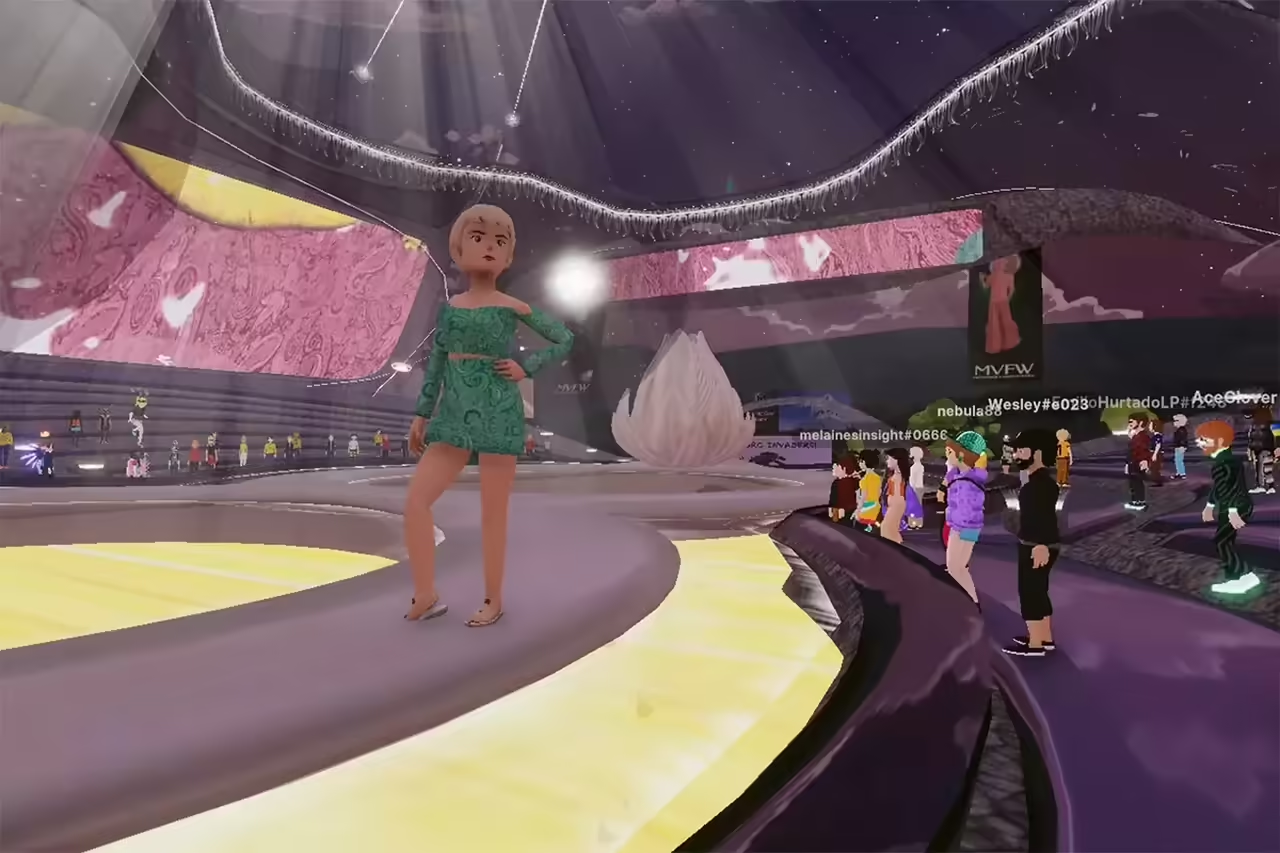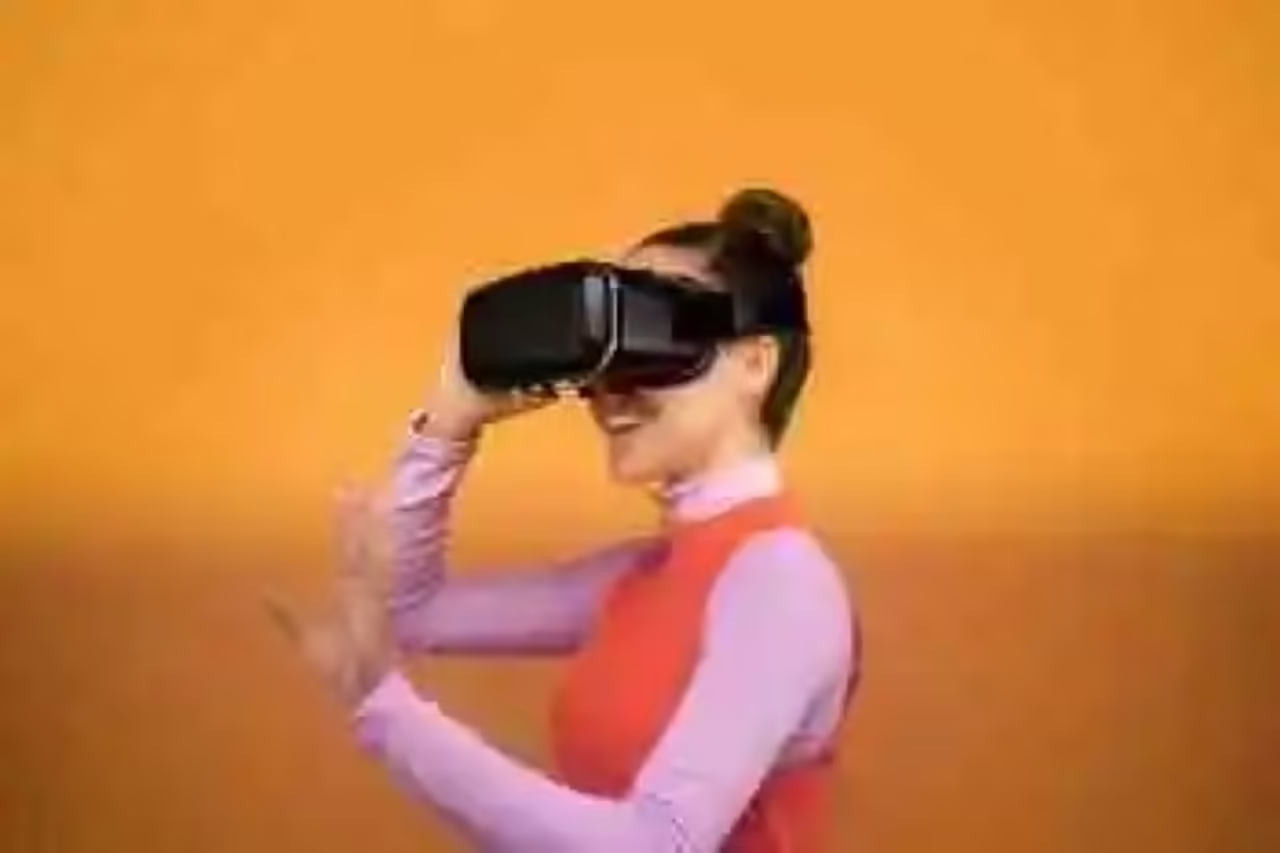
The Metaverse, a virtual reality in which technology is transforming the way we interact with the world, is beginning to make its presence felt in the fashion industry. Users can customize their avatars and outfits, as well as create their own brands, making the Metaverse a fertile ground for creativity in fashion.
Fashion has been an ever-changing industry, adapting to the tastes and needs of consumers. The Metaverse has gone a step further, allowing consumers to experiment with their style virtually and brands to create entire collections without having to produce a single physical item.
In addition, the technology has enabled brands to analyze user behavior in real time and consequently adjust their marketing and sales strategies in the Metaverse. Blockchain technology has also enabled the creation of exclusive virtual products, ensuring their authenticity and creating a new source of revenue for brands.
Fashion in the Metaverse has also opened up new opportunities for inclusion and diversity. Users can create avatars that represent any gender, age, race or even people with physical disabilities. Brands can also create clothing that is inclusive and tailored to different needs.
However, there are still challenges in fashion in the Metaverse. The quality of virtual garments must be as high as that of physical garments, as consumers expect a satisfactory shopping experience. In addition, privacy and security in user data management are critical issues that need to be addressed.
A new ground for creativity in fashion
The Metaverse also allows brands to experiment with new ways of presenting and marketing their products. Brands can create virtual or augmented reality experiences that allow users to experience their products in an interactive and exciting way. They can also collaborate with virtual designers and artists to create unique and exciting collections that would not be available in the physical world.
Another advantage of the Metaverse is that it can be used for inclusion and diversity in fashion. Users can create avatars that represent any gender, age, race or even people with physical disabilities. Brands can also create clothing that is inclusive and tailored to different needs.
However, there are challenges in fashion in the Metaverse that need to be addressed. The quality of virtual garments must be as high as that of physical garments, as consumers expect a satisfactory shopping experience. In addition, privacy and security in user data management are critical issues that need to be addressed.
Fashion has been a constantly evolving and adapting industry over time, and the Metaverse is becoming a new ground for creativity in fashion. From creation to sales, the Metaverse is changing the way fashion brands operate and reach their consumers.
In the Metaverse, brands can create virtual garments and collections without having to worry about physical production. This gives them the freedom to experiment and create pieces that might be difficult or expensive to produce in the physical world. In addition, technology has enabled brands to analyze user behavior in real time and adjust their marketing and sales strategies accordingly.
Once garments have been created, users can customize their avatars and outfits to suit their personal style. Avatars can be anything users want, allowing them to experiment with their style in a unique and creative way. Brands can also create exclusive, customized apparel for Metaverse users.
The legal implications of fashion in the Metaverse: who owns the virtual designs and garments?
One of the main legal issues in the Metaverse is the definition of intellectual property. Who owns a design or virtual garment created in the Metaverse? Is it the user who created it or the platform on which it was created? What if a virtual garment is based on an existing physical garment?
The answer to these questions is not simple. Generally speaking, the intellectual property of a virtual garment or design in the Metaverse is governed by existing intellectual property laws, such as copyright and trademark. This means that, in theory, the person who creates a virtual garment or design in the Metaverse owns the intellectual property of that garment.
However, this is not so clear in practice. The lack of clarity in intellectual property laws in the Metaverse has led to virtual reality platforms setting their own intellectual property policies. For example, some platforms may require users to assign intellectual property of their designs and virtual garments to the platform, while others may allow users to retain ownership.
Creating virtual garments based on existing physical garments also raises legal issues. In some cases, this may infringe on the intellectual property rights of the original physical garment’s brand or designer. Some brands may also attempt to register their designs in the Metaverse to protect their intellectual property.
The environmental impact of virtual fashion: what are the environmental effects of virtual fashion compared to physical fashion?
Generally speaking, virtual fashion has a much lower environmental impact than physical fashion. This is due to several reasons. First, no physical materials are required to create virtual clothing. Instead of using natural resources such as cotton or leather, fashion designers in the Metaverse use digital design tools to create virtual clothing. This means that no water, energy or materials are required to produce these garments.
In addition, virtual fashion also eliminates the need for transportation and distribution of products. Physical fashion is often produced in one location and shipped to stores and consumers around the world, which can have a large impact on the environment. Virtual fashion, on the other hand, is produced and consumed in a virtual space and does not require any physical transportation.
Another important factor to consider is that virtual fashion does not produce waste or emissions. Physical fashion often involves the production of large amounts of waste, such as fabric offcuts and unsold clothing, as well as greenhouse gas emissions associated with the production and transportation of clothing.
However, not everything is perfect in virtual fashion. The technology used to create the Metaverse and virtual fashion still has an environmental impact in terms of energy and resources used to create and maintain servers and computer networks. In addition, virtual fashion users often require electronic devices and power to access and use the technology.
New employment opportunities in virtual fashion: what employment opportunities are emerging in virtual fashion and what skills are needed?
Virtual fashion is becoming a rapidly growing field that offers new employment opportunities in a variety of areas, from 3D design and modeling to programming and marketing. As more fashion brands explore the potential of the metaverse, the demand for professionals with specialized virtual fashion skills is increasing.
One of the most in-demand areas is 3D design and modeling. Virtual fashion designers create garments and accessories using specialized software, and model these garments into virtual avatars. The ability to create accurate and realistic models is crucial to success in this area.
Another in-demand area is programming and software development for virtual fashion. Programmers can create virtual fashion applications and platforms, and work on programming and designing systems for buying and selling virtual garments.
Online community management is also an in-demand skill. Online community managers work to promote fashion brands in the metaverse, and ensure that users are involved and engaged with brands. Community managers need communication skills and a deep understanding of virtual fashion culture and aesthetics.
In addition to these areas, there are also opportunities in marketing and sales, data analytics, and creating virtual fashion experiences. With so many growing areas, virtual fashion presents a wealth of employment opportunities for those looking to work at the intersection of fashion and technology.
For those interested in working in virtual fashion, it is important to have skills in 3D modeling and design software, knowledge in programming and web technology, as well as skills in marketing and data analysis. Candidates may also benefit from having experience in traditional fashion and understanding the relationship between virtual fashion and physical fashion.
The cultural implications of virtual fashion
Through their avatars, people can create their own image and style, without the physical limitations that real-world fashion can present. This opens a new door to creativity and self-expression.
But how does this affect cultures? Real-world fashion is often influenced by the culture and history of a place or community, but what about virtual fashion? Some brands have begun to create virtual garments inspired by specific cultures, but there have also been cases of cultural appropriation in the Metaverse. It is important to pay attention to these issues and respect the culture and history behind each garment.
Virtual fashion is also changing the way people interact with brands. Instead of buying garments in a physical store, consumers can purchase virtual products online. This has created a new consumer dynamic, where the shopping experience is more focused on the interaction with the brand and the user experience. Brands can create unique virtual spaces for consumers to explore and experiment with their image and style.
Virtual fashion can also provide a platform for people to connect and express themselves through fashion. By creating virtual fashion communities, people can connect with others who share their interests and values and create new opportunities for cultural expression.
Virtual models will allow for greater diversity in fashion representation. Currently, the fashion industry has faced criticism for the lack of diversity in the models that present their clothes. However, with virtual reality, it is possible to create virtual models that represent any type of person, regardless of age, gender, size or body shape.
Fashion shows could become virtual events that can be broadcast globally, allowing consumers around the world to experience fashion in a more accessible and convenient way. It could also allow designers to present their designs in a virtual space, eliminating the need for physical models and runways.





![Image 1. Download the application and the camera / gallery Android 4.2 [Root]](/wp-content/uploads/images/random/imagen-11.AVIF)

